Written by: Haroon Shuaib
Posted on: June 23, 2020 | 
The Indus River and Sukkur Barrage at Sunset
Not many in the country are aware of how the small city of Sukkur has been a meeting point for spiritual practices, and agricultural activity in Sindh. Located around northern Sindh, Sukkur is the third-largest city, and one of the 29 districts in the province. Some say that the word Sukkur may have been derived from the Arabic word for sugar, owing to the sugarcane fields that abound in the region.
According to Mr. Ayaz Gul, former Chairman of the Sindhi Department at Shah Abdul Latif University, Khairpur, and a prominent literary figure of Sukkur, “It is more probable that the word was derived from the word “Sukh”, a Sindhi word for comfort and peace”. Another tradition suggests that the name traces back to the Arabic word Saqar (intense), due to the hot climate of the region. Amusingly, Sukkur is nicknamed Darya Dino in Sindhi, which means “Gift of the River”, as a homage to the mighty Indus that flows imposingly by the city.
Formerly, Sukkur’s neighbouring town Aror was the capital of the region. In CE 962, the area was hit by a massive earthquake, and the course of River Indus changed, submerging most of the adjoining town of Bakhar and ruining Aror's glorious mud-brick buildings. While Aror re-settled as Rohri, Sukkur gained more prominence as a place for business and governance. It became the centre of the district when the British made it into a military garrison in 1839.
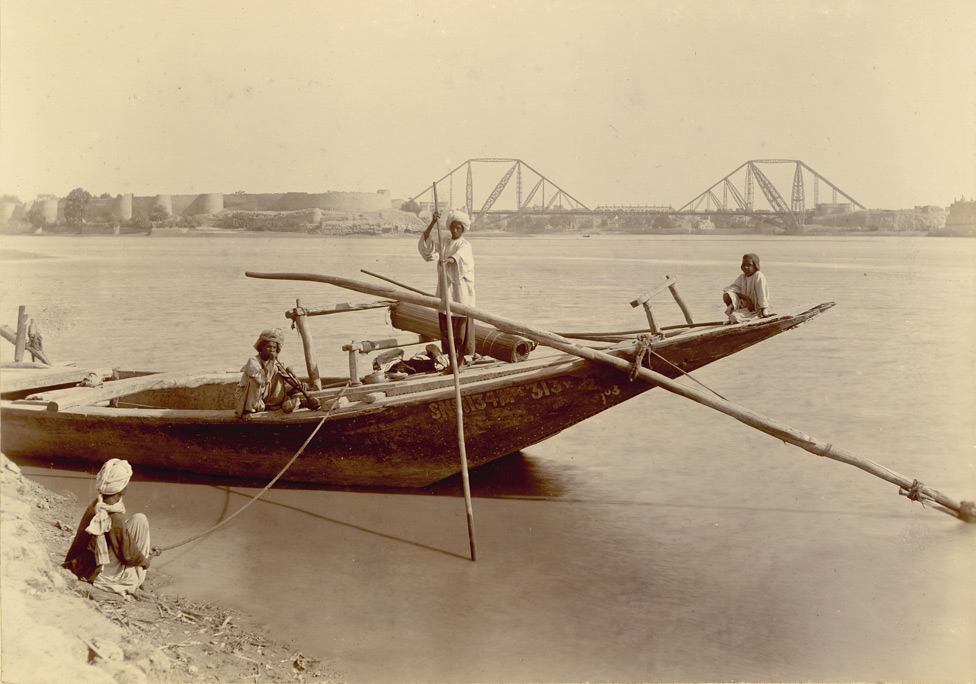
Fishermen Overlooking the Landsdowne Bridge and Bakhar Fort in 1890 (photo credits to the British Library)
The city is connected to Hyderabad, Multan, Karachi, Lahore, Islamabad, and Peshawar via an extensive network of roads and railway. The M-5 and M-6 motorways being built as part of the wider China-Pakistan Economic Corridor (CPEC) will make these connections even stronger. The city also has an airport with direct flights to Karachi, Lahore, and Islamabad.
Industrialization in the area came much later than it did most cities, and Sukkur remains largely limited to agri-processing industries. Crops of rice, wheat, barley, cotton, tomatoes, peas, and melons are widely cultivated. Sukkur Barrage (formerly called Lloyd Barrage) which was completed in 1932, controls one of the largest irrigation systems in the world, using water from the River Indus. The 5,001 feet long barrage can water nearly 10 million acres of farmland across the country, through its seven large canals.
“The city of Sukkur, often considered a twin of Khairpur town of the neighbouring Khairpur district, is surrounded by groves of date palms believed to have grown from the discarded date-pits of Arab invaders of the 8th century,” Ayaz explained. During the end of June and early July, more than 200 varieties of dates are grown in over 75,000 acres of orchards in Sukkur and Khairpur. They are dried, processed, packaged and dispatched to markets within the country and oversees.
During the harvesting season, the city buzzes with unusual excitement as hundreds of seasonal workers arrive from across the province, their temporary shacks lining up both sides of the road. Mats made out of date palm leaves are rolled out to cover hundreds of square feet of land, and harvested dates are left to dry along the orchards under the scorching sun.
Perhaps no other landmark signifies Sukkur as prominently as the Lansdowne Bridge, completed in 1889, which connects Sukkur to Rohri across the Indus. Built with two large pylons rather than a series of pillars, Lansdowne Bridge is a spectacular demonstration of cutting-edge cantilever bridge design. At the time of its completion, the bridge was the "longest rigid girder bridge” in the world. An alternate but adjacent bridge named the Ayub Bridge, was built in 1962 to connect the two cities.
“The view of a setting sun reflecting in the waters on the mighty Indus, with the Lansdowne Bridge in the foreground, is not to be missed for those who appreciate the magnificence of man-made mega structures,” Ayaz remarked.
Within Sukkur town, the minaret of Masoom Shah is the most conspicuous structure, dating back to 1607. This minaret was built by Mir Masoom Ali Shah, a sixteenth-century historian, physician, and pharmacist from Bakhar. He was also a prolific writer and was appointed Governor of Sindh and Sibi by Mughal Emperor Akbar. The minaret is a 31 meters tall conical building, made of red bricks. The courtyard around the minaret is the cemetery where Mir Masoom Shah and his family members are buried.
Historically, Sukkur is a city of peace, tranquillity, and harmony. An example of this is the Sateen Jo Aastan (Resting Place of the Sacred Seven) and the Sadh Belo complex. Both have coexisted in the same place for centuries, as revered shrines and temples of Hinduism and Sufi Islam.
The folklore says that Sateen Jo Aastan it is the resting place of seven young pious girls who hid in a cave to protect themselves from the evil eye of a tyrannical Raja. According to archaeologists, this is the burial place of the nobles from the Turco-Mongol Arghun dynasty, who ruled the area between southern Afghanistan and the Sindh province from the late 15th century to the early 16th century. Early morning, the cool breeze from the river passes through this ochre stone tomb complex, adorned with blue glazed tiles and Quranic verses in the finest Naskh script.
On the other hand, Sadh Belo is famous for its revered Hindu temples associated with the ascetic Hindu-Sikh Udasi movement. The island is also home to Teerath Asthan, the biggest Hindu temple in Pakistan. The complex has a library, dining areas, a huge garden, along with rooms and residences for devotees who wish to stay here in a spiritual retreat.
Other important monuments of the city include the remains of the Bakhar Fort, Sadruddin Badsha’s shrine, and Khwaja Khizr’s shrine in Rohri. Khwaja Khizr is revered by both Muslims and Hindus as a saint of the Indus River. He is believed to be still alive but in hiding, protecting this ancient city of cultural convergence and its intrinsic connection to the Indus River.
With a rich heritage, the city of Sukkur on the banks of the mighty River Indus can be promoted as another tourist destination, especially for those interested in the evolution and confluence of different civilizations and regions in this area.
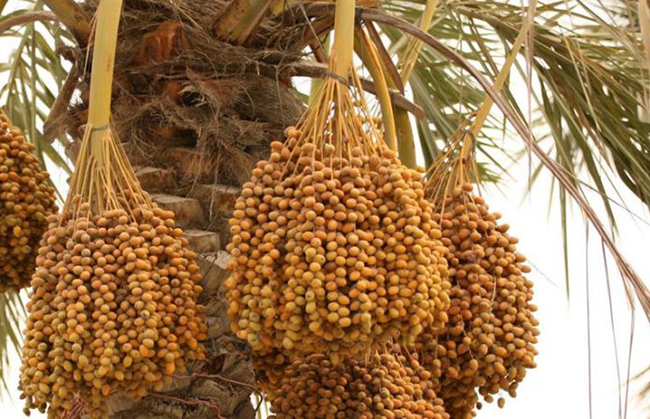
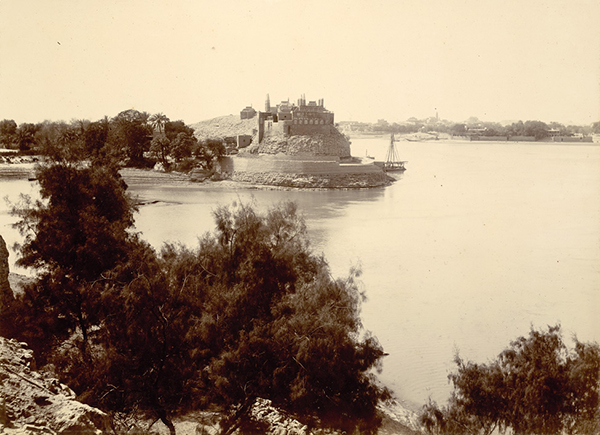
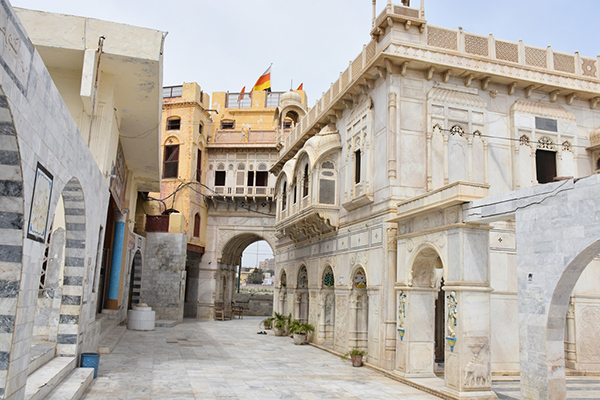
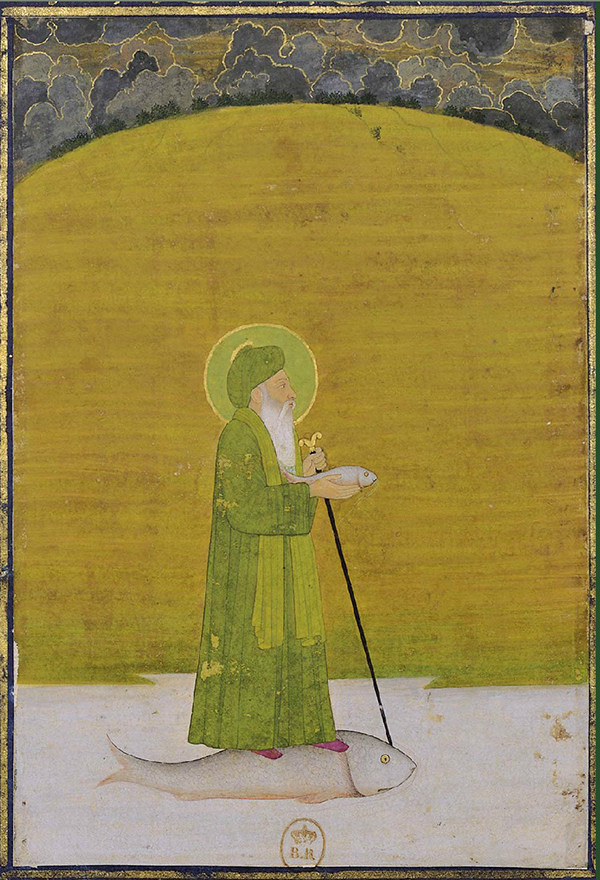
You may also like: